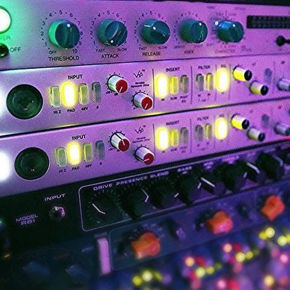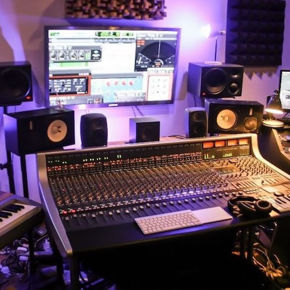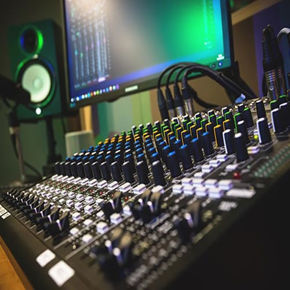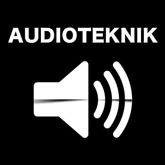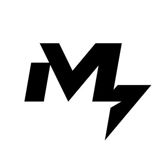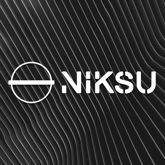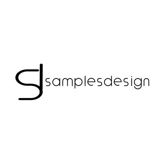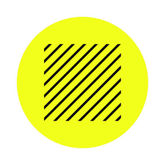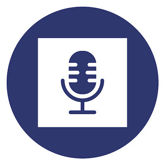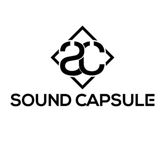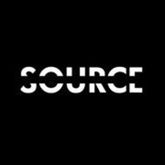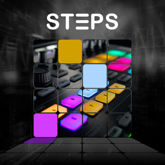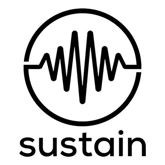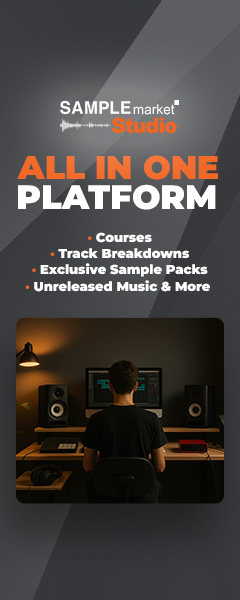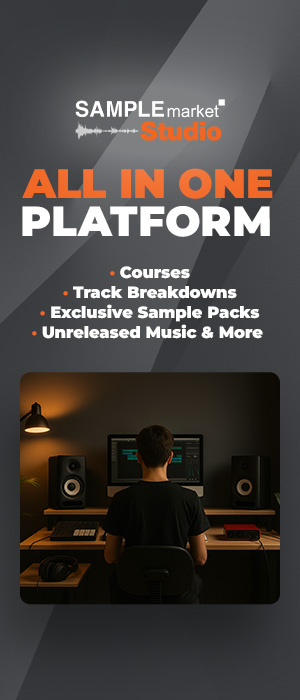If you are struggling with completing a song or simply not turning your amazing ideas into tunes, then it's time to master your studio workflow. Here's how you can become a more efficient music producer
One of the main points of using technology to make music is that you can produce the end results faster than by using traditional methods. However, technology can also create as many barriers as it can smash, and your workflow can often flounder under the pressure, so you need to be smart and use your studio and technology wisely. Here, then, are the best ways to speed up your studio workflow.
1. Note that
From the very start of the creative process, capture your ideas with something that doesn't take an age to boot up (like your computer or DAW might), otherwise, that initial flash of inspiration might disappear just as fast. Use a good old-fashioned dictaphone or one of the many decent free phone recording apps, so you can sing your ideas in and save them for proper DAW expansion later. Tablet and phone compositional apps have also come along way and let you create more complex notepad songs very quickly – and with little boot-up time – and are also great for when you get inspired while travelling.
Make sure you have something that can capture your inspired moments… fast
2. Tidy space, tidy mind
Having a clean environment – and we mean both your actual physical music making room and your computer desktop – not only means less chaotic surroundings, it also means you will get where you need to be faster. Having your samples and songs filed properly in your virtual world means that you'll quickly find the ones you need, while having your leads, plugs and hard drives within reach in your real world means you'll connect up and back-up quicker. Tidy environments mean less barriers to decision making and if you can get to your tools faster, you can use them quicker. And less distractions – video game consoles, emails to answer and lists of stuff to do – mean less reasons for you to NOT to produce music!
Keep a clean system and get to your music files quickly
3. Less is more
Talking of tools, this might sound contrary but, believe it or not, the less tools you have, the faster you might well end up making music. Technology brings with it what some wise people call 'the tyranny of choice'. In music production this means everything from too many kick drum samples to way too many soft synths. Do you want to be auditioning sounds or actually making music? Cut down the number of plugins you have and get to know the ones that remain better and you'll not only cut down your options to speed up your workflow, but be able to make that instrument you know so well deal with just about every task you throw at it.
There is such a thing as too many plugins – this lot could be seen as 'the tyranny of choice'
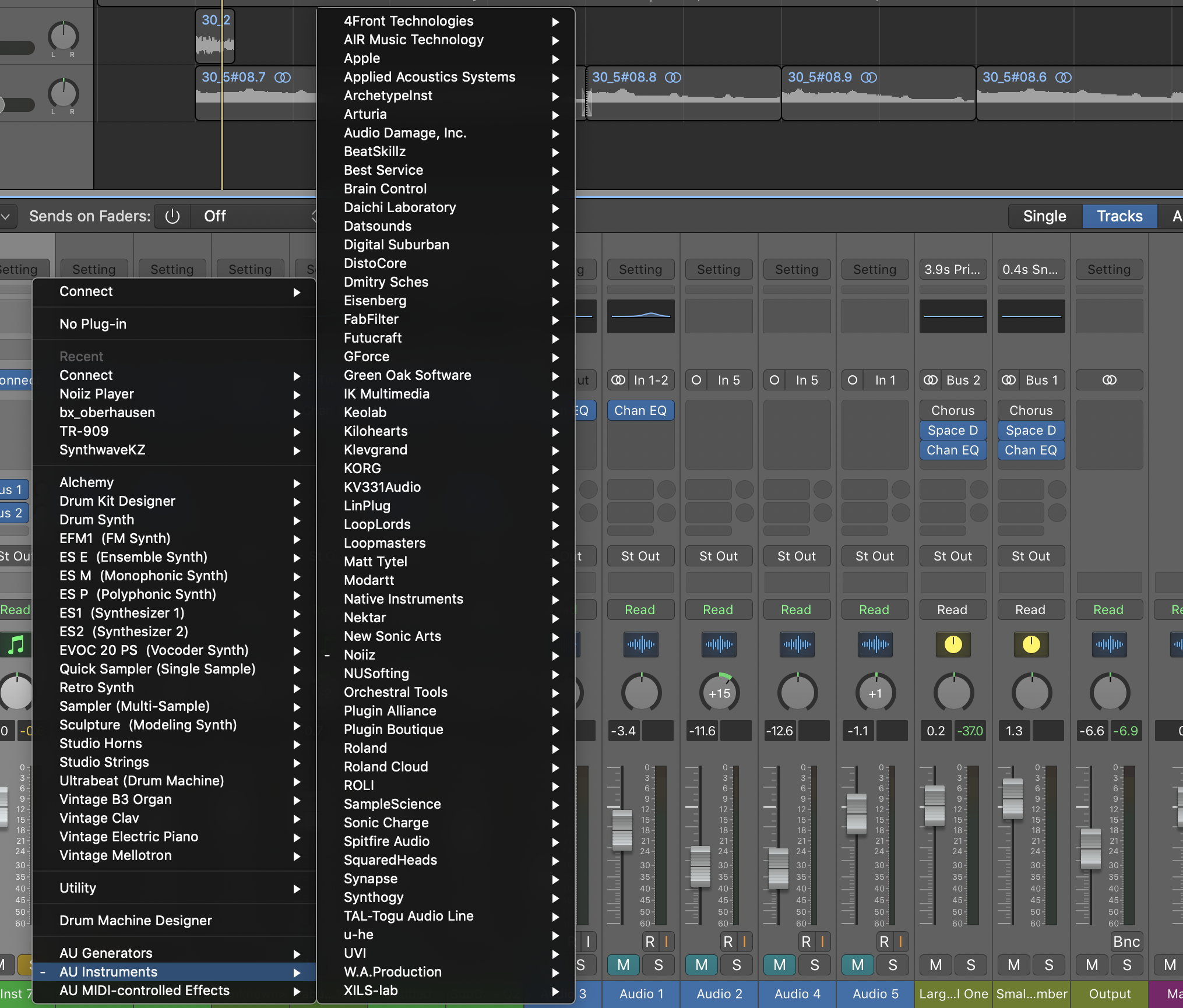
4. But… explore new plugins!
We're not (quite) going against our advice in the previous step when we say: consider new plugins. You should always be aware of new plugin trends, what is becoming popular and in-demand. Plugin development is not always about shiny new synths and effects; there are an increasing number of compositional tools and workflow plugins that do everything from helping you arrange your samples to composing your tunes, all of which help speed up your production workflow. Consider compositional tools like Mixed in Key’s Captain Chords, Plugin Boutique's Scaler 2 and Audiomodern’s Random Chords Generator PRO – they are great ways of generating new songwriting ideas and saving you studio time.
Do keep up with the plugins like Captain Chords that could help your workflow
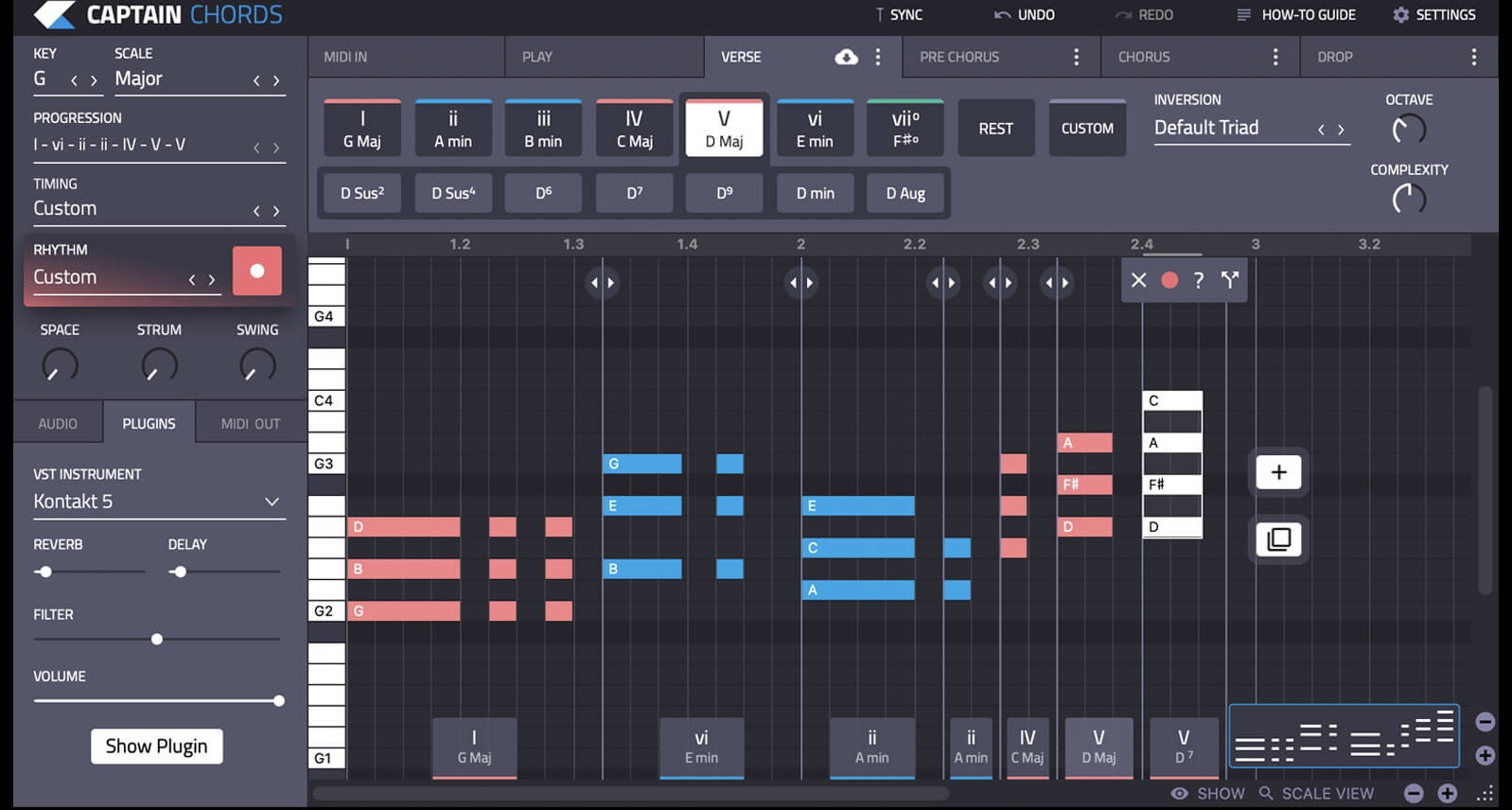
5. One computer solution
Taking this 'streamlined studio' approach one step further, consider having one computer just for music making. If you are using your regular home computer for music making, it might well be wired up to all manner of CPU-consuming peripherals, and simply have too many of its resources – memory, hard drive and so on – focussed on non-music tasks. Having these apps running in the background or booting up on start up are those workflow-crushing distractions you simply don't need. A computer that just opens your DAW on start-up takes you straight to the heart of your music production. But you can go one step further…
6. Template up
Even better is a DAW that takes you straight to the heart of a song, so use that DAW's templates. These must-use features are present and correct in just about every major DAW and are the essential framework on which you hang a song. You can customise your DAW to load up with an empty templated song that has your favourite instruments and presets loaded on the MIDI tracks, your favourite beats and loops loaded on the audio tracks, and effects loaded in across your mixer channels. In short if your favourite template loads up when you have an idea, you should quickly be able to fill it up and turn that idea into music.
And while we're talking about DAW shortcuts that save you workflow time, use key commands, They are included for a reason and you can usually customise them to suit your workflow methods, so learn 'em and use 'em!
Use DAW templates to create a framework for your song to save you time, every time!
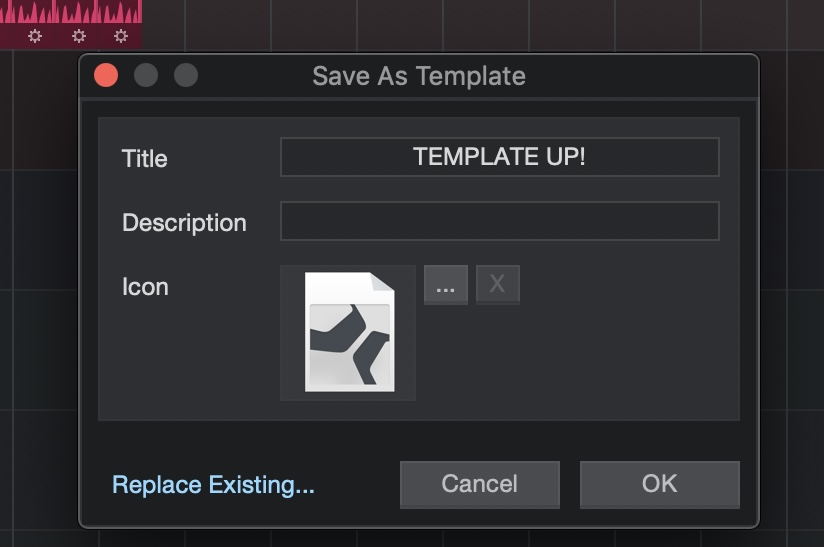
7. Sort your computer
This might be obvious, but as well as having a streamlined system, make sure the computer at the heart of your setup really is up to the job. Does it have the CPU clout, the hard drive space and memory to handle the processing power you need for music production? If not, this will be your major workflow bottleneck. Memory is key, but also keeping everything up to date will (should!) keep your workflow running efficiently (although it is, of course, always worth checking forums for known update issues before taking the leap – Catalina Mac users, yes we hear you!).
Make sure your computer has the power to handle your production in the first place
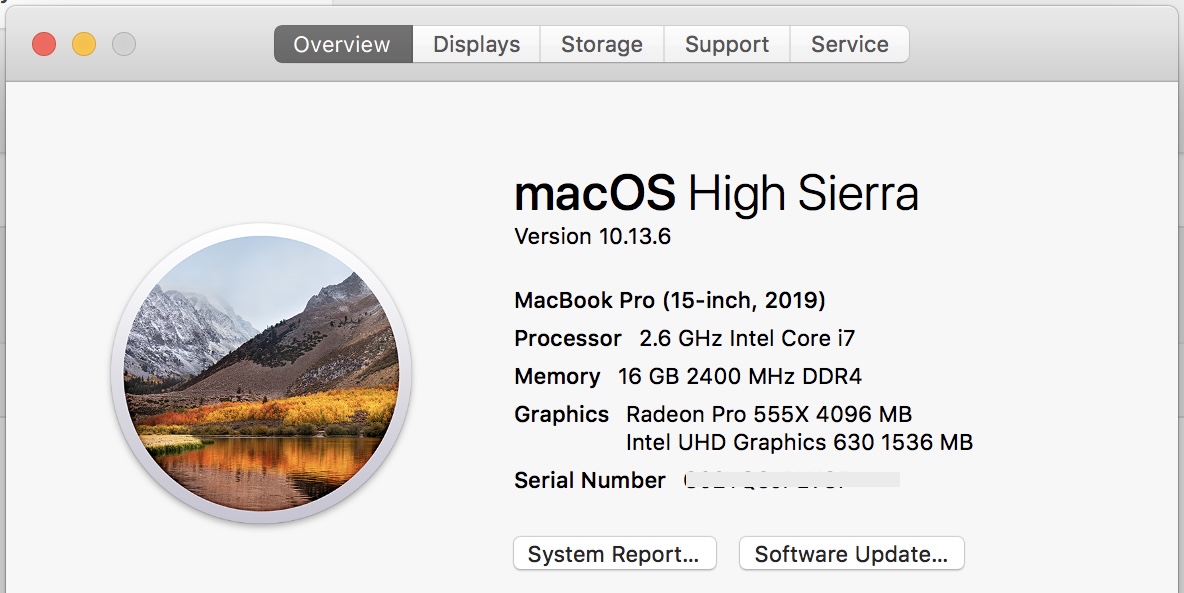
8. Stop!
And, of course, the very end of the workflow process is completing the track and, importantly, knowing when it is finished. This is a surprisingly 'real' issue for producers and ultimately demands its own feature, but if you are struggling with finishing a tune you have several choices. You can use your DAW's vast arrangement features to turn loops into songs – again most DAWs come well equipped in this regard – or you could take your song off on a tangent remix-style, or even pass the ideas over to a producer friend and ask for collaborative song completing advice. Or, dare we say it, and this really is the last (but often necessary) resort for those really struggling: delete that troublesome song.
Use your DAW's arrangement features to help you complete your song
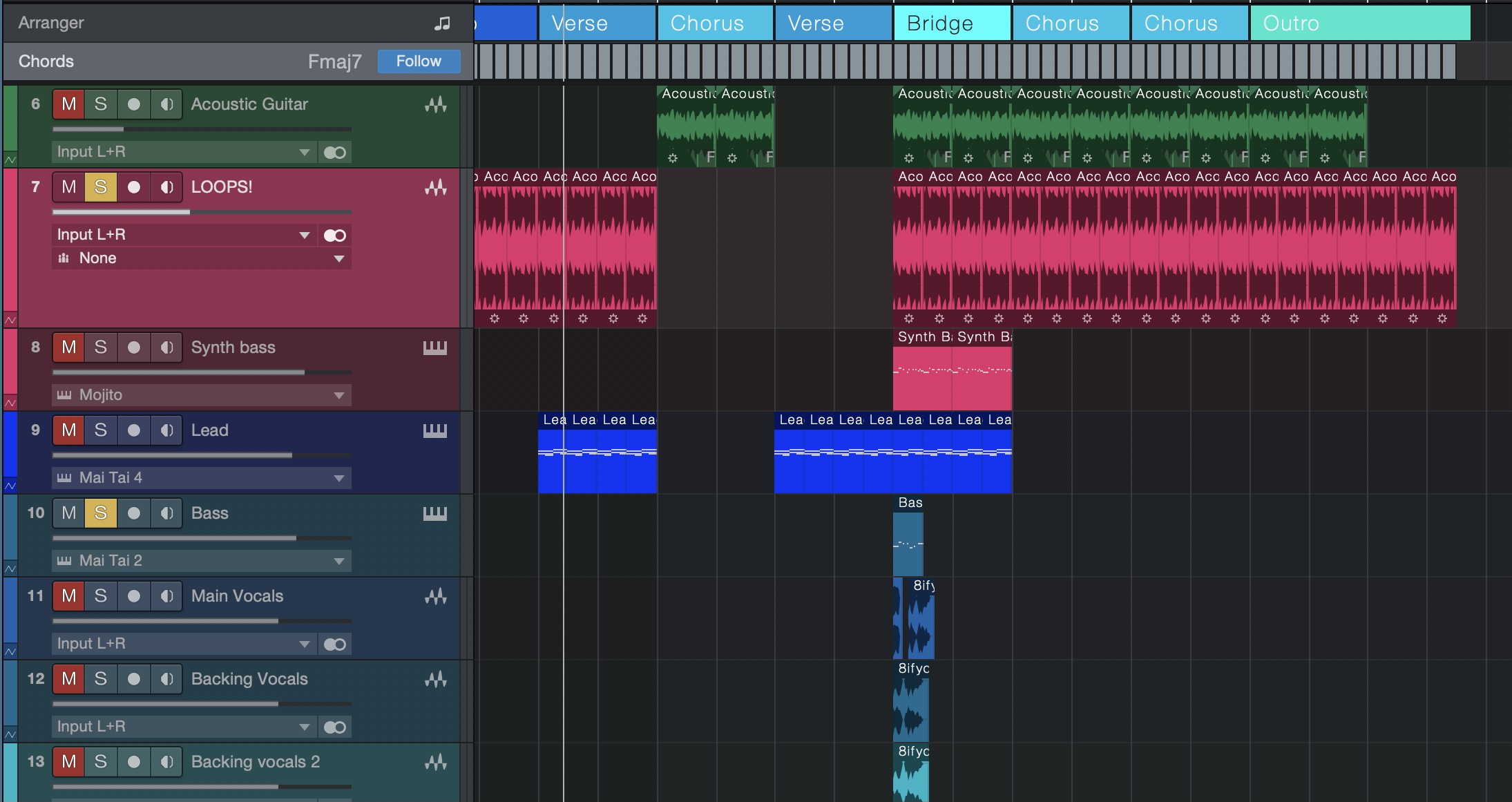
The path to your production masterpiece should be smooth, creative and, most of all, fun but accepting that there might be hiccups is also part of the process, but the message is that the technology is there to help, not hinder, so use it wisely for the most efficient workflow. Happy producing!



